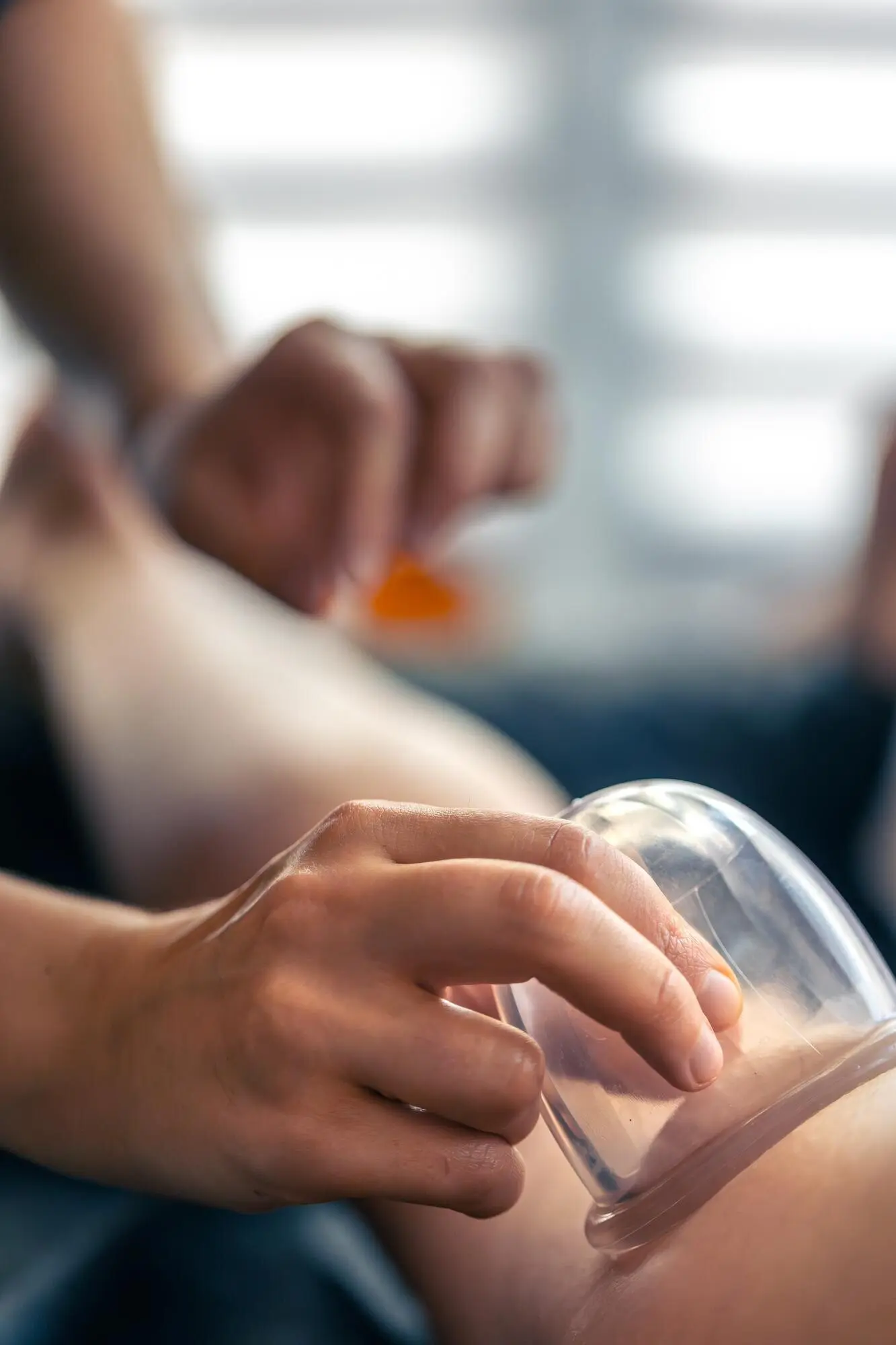Decode Eco-Labels for Smarter Choices
What Those Little Seals Really Tell You

Trusted Marks You Can Recognize
How to Outsmart Greenwashing
From extraction to end-of-life realities
Finding hotspots and balancing trade-offs
Category Guides for Everyday Shopping
Clothing and textiles: GOTS, OEKO-TEX, and leather progress
The Global Organic Textile Standard (GOTS) covers organic fibers plus environmental and social criteria across processing. OEKO-TEX focuses on testing for harmful substances and safer chemistry in finished textiles. Leather Working Group benchmarks tanneries on environmental performance. Pair these with durability, repair, and secondhand strategies to significantly cut footprints. Verify label scope, fiber percentages, and supplier traceability, then care for garments thoughtfully to extend life and honor the resources invested.
Electronics and office gear: EPEAT and TCO Certified
EPEAT and TCO Certified evaluate multiple criteria such as energy performance, hazardous substances, repairability, longevity, and supply chain responsibility. Many models must demonstrate compliance through independent verification and ongoing conformity checks. Combine certified devices with right-sizing, power management, and responsible end-of-life recycling or refurbishment. Asking about spare parts, battery replacements, and software support helps ensure your investment lasts, reducing waste, costs, and the need for frequent upgrades driven by minor feature changes.
Beauty, cleaners, and home care: COSMOS, Ecocert, and safer choices
COSMOS and Ecocert outline ingredient standards, processing rules, and packaging expectations for cosmetics and personal care. EPA Safer Choice highlights products with safer chemistry profiles, while Leaping Bunny verifies cruelty-free commitments through supply chain audits. Because claims vary, confirm the exact product, formula, and version certified. Choose concentrated refills, reuse durable dispensers, and avoid overuse. These small habits multiply the benefits promised by trustworthy labels and reduce packaging waste significantly.
Turn Intent into Action
